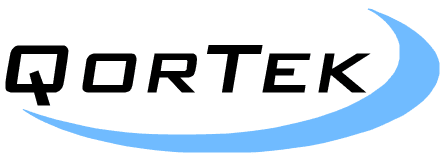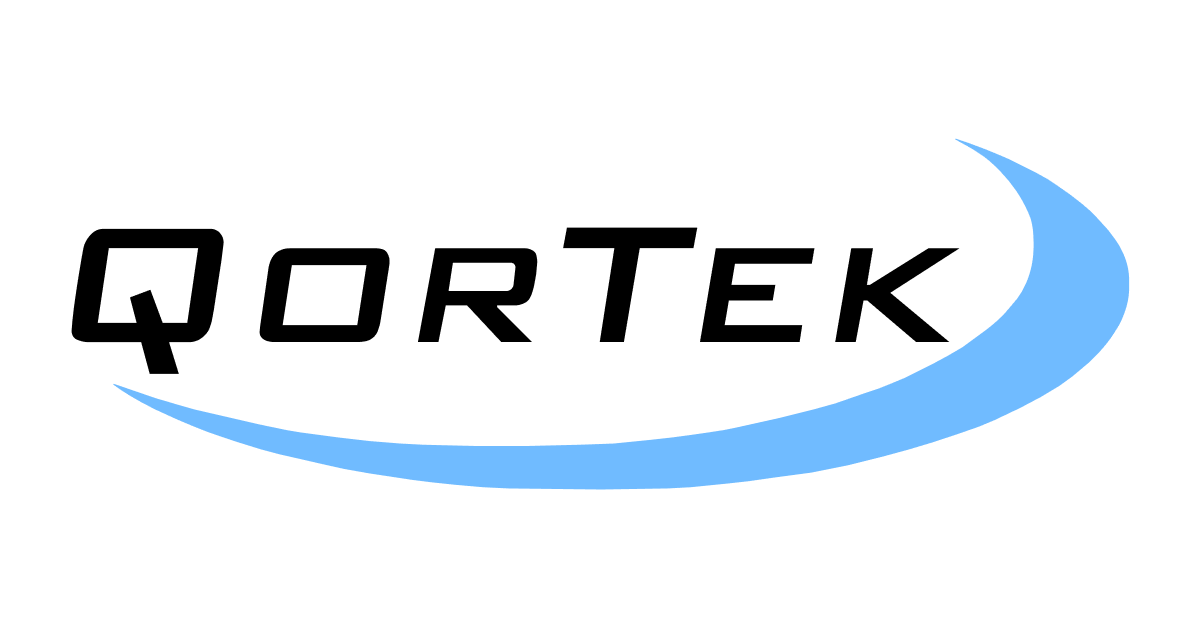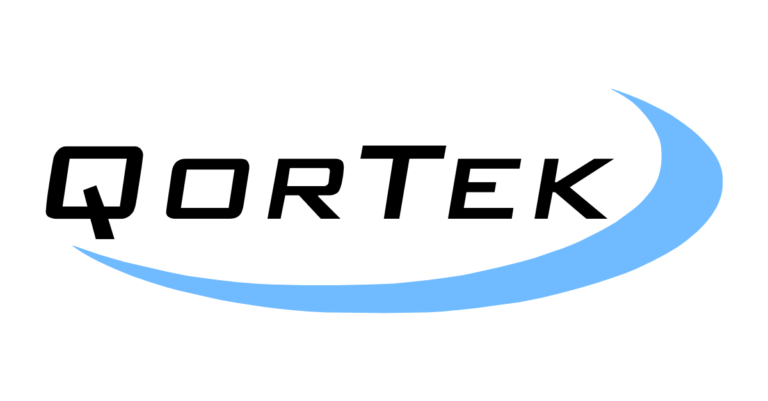QorTek Inc., a developer of advanced electronics, materials, and devices announced its new achievement that strengthens the company’s portfolio in power isolation mechanisms. QorTek has been awarded patent Ser. No. 15/860,444 by the United States Patent and Trademark Office (USPTO) for innovating high voltage (HV) protection of electronics equipment. This technology will protect equipment and users should an antenna come into inadvertent contact with an overhead HV cable.
Any encounter of an antenna with lethal HV low hanging copper cabling can present a serious threat to both associated radio electronics and the equipment user. QorTek has developed a new in-line installed HV interrupt mechanism, termed “eHalt”, that introduces a new safety feature that prevents electrocution from lethal HV levels. The new eHalt technology is a low-cost modular device that immediately self-activates upon any inadvertent contact with electronics, such as antenna, with an AC high-voltage source. An eHalt power protection device can quickly be installed or removed in seconds as to provide exceptional protection from potentially lethal HV sources. A slim eHalt unit is inserted or screwed into the power transmission path, an example being ‘in-line’ between transceiver radio base and its antenna, enabling easy install/eject of eHalt protection devices at depot or in field conditions. Should the antenna make contact with a HV overhead cable, the eHalt mechanisms near-instantaneously (under 25 milliseconds) isolate the radio equipment and its user from harm.
Critically, eHalt devices have zero power consumption, eliminating wiring and power source needs as to ensure utmost reliability and safety to military users while ensuring it does not add any additional power supply tote burdens on military combatants or systems. When activated by a HV encounter, QorTek’s new “eHalt” HV safety adaptors provide voltage protection by creating a large air gap, 0.5 inch or greater, in the RF conduction path of the contacting mechanisms. This air gap is also sufficiently large to prevent an arcing event to occur for AC voltage conditions (rated up to 35kV) that might occur during field conditions.
Funded by the United States Marine Corps System Command, this new eHalt technology can provide equipment/user HV protection from overhead electrical cables to protect a wide range of military vehicular platforms including many versions of MRAP, HMMWV, JLTV, IAV, LAV such as LAV-25 and USMC LAV-MEWSS, LSV, DPV/FAV etc. Such protection is similarly needed for a wide range of dismounted manpack and backpack communication systems such as software programmable transceivers and radio users during an inadvertent HV event. New eHalt HV protection technology could also serve as limiters to protect sensitive comm/ISR equipment.
The technology offers an immediate application to a wide range of non-military land mobile radio systems (LMRS), many of which, especially emergency medical services, use dedicated channels and long-length whip antenna. Further (non-antenna) applications of the eHalt adaptors will include emergency vehicles, Space, and Oil & Gas applications where HV power supplies might need isolation from coupled sensitive electronics equipment or for precision scientific instruments that need to be isolated from unexpected electrostatic discharge events.
About QorTek Inc.
With over 60 employees, including 35 Engineers (EE, ME, MatSE) and 5 PhDs, QorTek is a world leader in smart material devices and high-density power electronics, innovating, developing, and providing quality solutions to a diverse array of industries including underwater systems, land & air systems, military & commercial space systems, medical, and industrial. The dedicated and experienced team is committed to creatively advancing technology to promote sustainable business growth, driven by dynamic engineering enabled by advanced science and technology.



